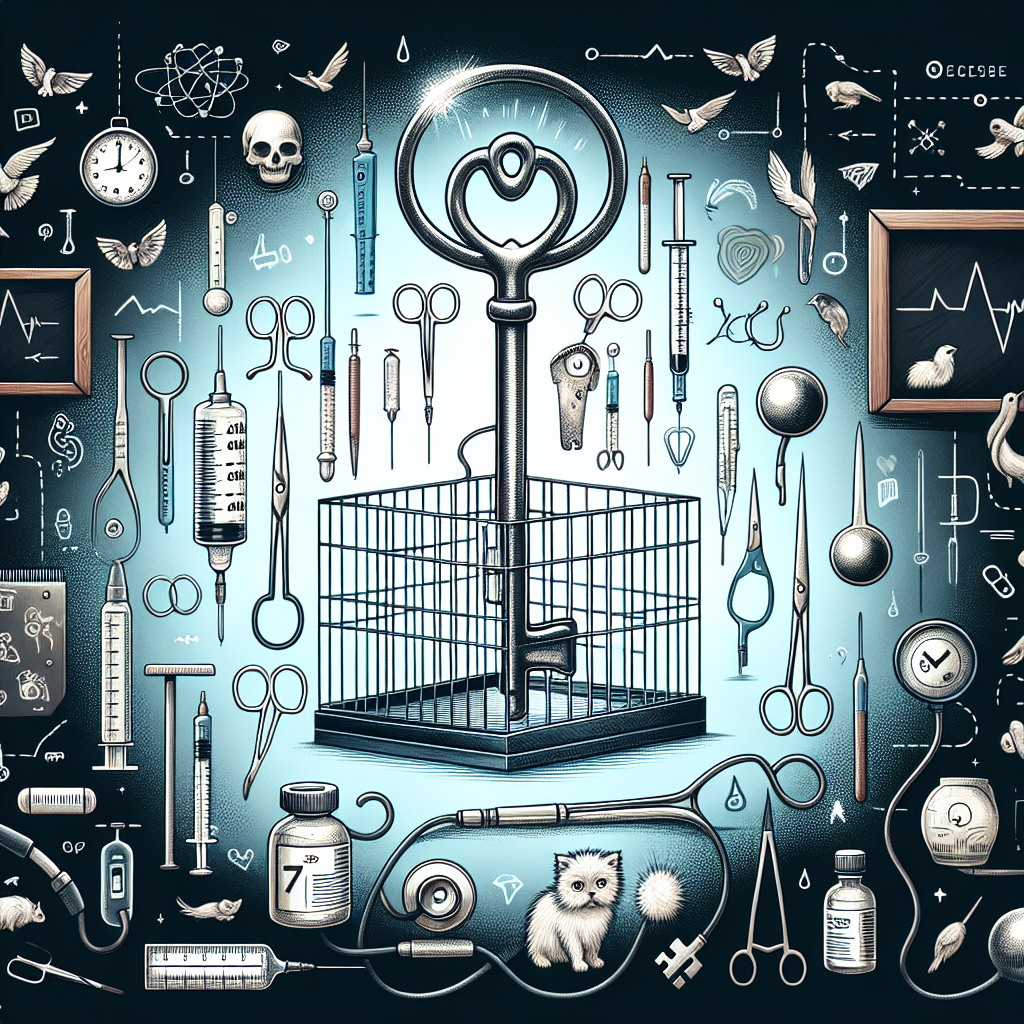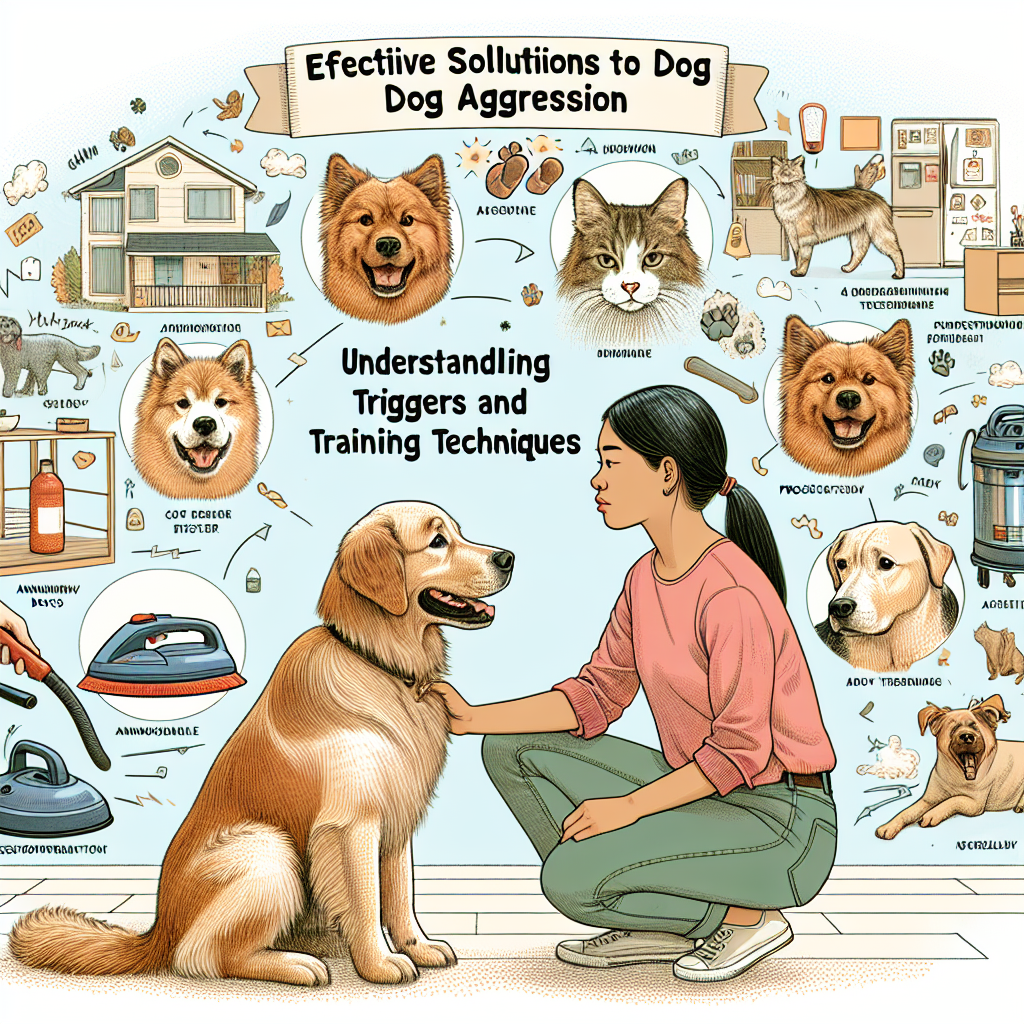When it comes to ensuring the health and wellbeing of our beloved pets, veterinary technicians play a crucial role. Their expertise, combined with the right tools, helps deliver top-notch care. Understanding these essential vet tech tools can empower pet owners and enhance their furry friends’ healthcare experience. Let’s dive into the necessary technology and techniques that veterinary professionals use to keep pets happy and healthy.
1. Basic Diagnostic Tools
Stethoscopes
A fundamental tool for any vet tech, a stethoscope allows for the clear assessment of a pet’s heart and lung sounds. Listening for irregularities can reveal underlying health issues, making this tool indispensable. For pet owners, regular check-ups using a stethoscope can help detect conditions early.
Thermometers
Temperature monitoring is essential in diagnosing illnesses. Digital thermometers, particularly rectal ones, provide quick and accurate readings. Normal body temperature for dogs ranges from 101 to 102.5°F (38.3 to 39.2°C), while cats have a similar range. Knowing the average temperature for your pet can help you detect fever or hypothermia early.
Otoscopes
This tool is used to examine the ears. Vet techs use otoscopes to visualize the ear canal and eardrum, helping identify infections or foreign bodies. Pet owners should look for signs of ear discomfort, such as scratching or shaking their heads.
2. Imaging Technology
X-Ray Machines
X-rays are vital for diagnosing fractures, tumors, or foreign objects within a pet’s body. They provide a clear view of bone and organ structure, allowing vets to make informed decisions. For pet parents, knowing that your vet has access to quality imaging can ease concerns during diagnosis.
Ultrasound
Unlike X-rays, ultrasounds provide real-time imaging, especially useful for examining soft tissues and internal organs. This non-invasive technique can help visualize conditions like pregnancy or fluid buildups. It’s a fantastic tool for exploring issues that might not be visible through regular examinations.
3. Laboratory Equipment
Blood Testing Machines
Blood tests can provide a wealth of information about a pet’s health. Vet techs use hematology analyzers to assess red and white blood cell counts, platelet levels, and other key markers. Pet owners should routinely discuss blood work tests with their vets to monitor overall health, especially in aging pets.
Urinalysis Strips
These strips help detect issues in urine samples, such as infections, diabetes, or kidney problems. Regular urinalysis can catch problems early, allowing for timely intervention.
4. Surgical Tools
Surgical Instruments
From scalpels to forceps, a variety of tools are needed for pet surgeries. Vet techs are trained to use these instruments safely and effectively. Pet owners should feel reassured knowing that qualified professionals are equipped with sterile tools for any necessary procedures.
Anesthesia Machines
Administering anesthesia requires precision to ensure the safety of the pet during surgery. Modern anesthesia machines monitor a pet’s vitals throughout the procedure, aiding vets in making immediate adjustments if necessary.
5. Preventative Care Tools
Vaccination Equipment
Vaccination is crucial in preventing diseases. Vet techs use syringes and needles for administering vaccines, and they’re well-versed in which vaccinations are necessary for different animals. Pet owners should consult with their vet techs about vaccination schedules to keep their pets protected.
Flea and Tick Treatment Supplies
Vet techs often provide treatments for flea and tick prevention, using products like topical treatments or collars. Educating pet owners on the importance of consistent flea and tick control can significantly enhance pet health.
6. Client Education Tools
Informational Pamphlets
Educating pet owners about their pet’s health and wellness is a vital part of veterinary care. Brochures about nutrition, dental care, and parasite control can offer guidance on best practices for pet owners at home.
Digital Communication Platforms
Many vet clinics now use digital platforms for reminders and consultations, allowing pet owners to access health records and appointments easily. Engaging with these tools can help pet parents stay on top of their pet’s health needs.
7. Soft Skills and Communication
Empathy and Understanding
While tools are vital, the interpersonal skills of vet techs cannot be overlooked. Compassionate communication helps ease pet owners’ concerns during veterinary visits. Being open to questions allows for a stronger bond between techs and pet owners, enhancing the overall care experience.
Follow-Up Care
Post-visit communication ensures that pet owners know how to care for their pets after treatments or surgeries. Vet techs often provide clear instructions and follow-up reminders for medications or further appointments.
Practical Tips for Pet Owners
- Educate Yourself: Familiarize yourself with veterinary tools and procedures. Understanding what occurs during a vet visit can alleviate anxiety for both you and your pet.
- Keep Records: Maintain a health record for your pet, including vaccination schedules, illnesses, and treatments. This information can prove invaluable during vet visits.
- Ask Questions: Don’t hesitate to engage with vet techs about any concerns you have about your pet’s health or treatments. Their expertise can offer significant peace of mind.
By understanding the essential tools and practices used in veterinary technology, pet owners can foster better relationships with their veterinary teams, ultimately leading to healthier pets and more informed care decisions. Your knowledge as a pet owner can bridge the gap between veterinary professionals and home care, ensuring your furry friends receive the best possible support.





